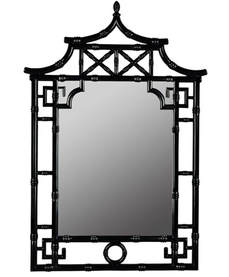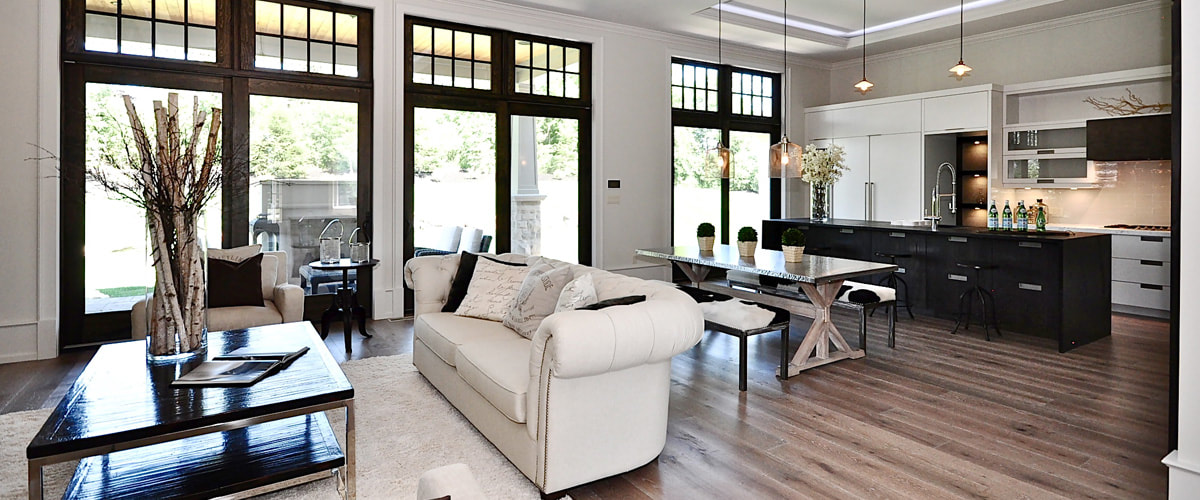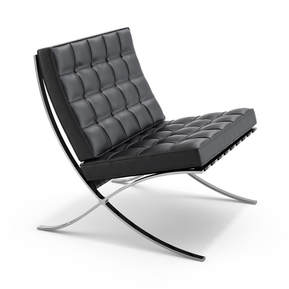|
I’m a fairly plain spoken person, wishing to communicate and be understood by my clients on the first go-round, rather than using esoteric industry and design terms. But we all have our trade lingo, and I’m sure I’ve thrown out a few terms during client meetings that left my clients perplexed. Mutually understood reference terms are essential to effective communication so that the “message sent” equals the “message received.” If you are the client, and you don’t understand an interior design term that someone uses, it’s useful, and entirely appropriate, to ask, “Can you give me a specific example or visual of that style?” So what are all those interior designers, bloggers, and magazine article writers talking about? With the goal of more effective communication, here are some interior design definitions that get used all the time:
If you’re a client and you aren’t familiar with an interior design term someone uses when speaking with you don’t be afraid to ask for clarification. In today’s fast-paced world, who has time to get lines crossed? And remember – Photos speak volumes!
Comments are closed.
|
Barbara PhillipsBarbara Phillips, interior designer and owner of Center Stage Interior Designs, has delivered impeccable window treatments and design services to both residential and commercial clients in Massachusetts since 2001. Categories
All
Archives
March 2021
|





 RSS Feed
RSS Feed